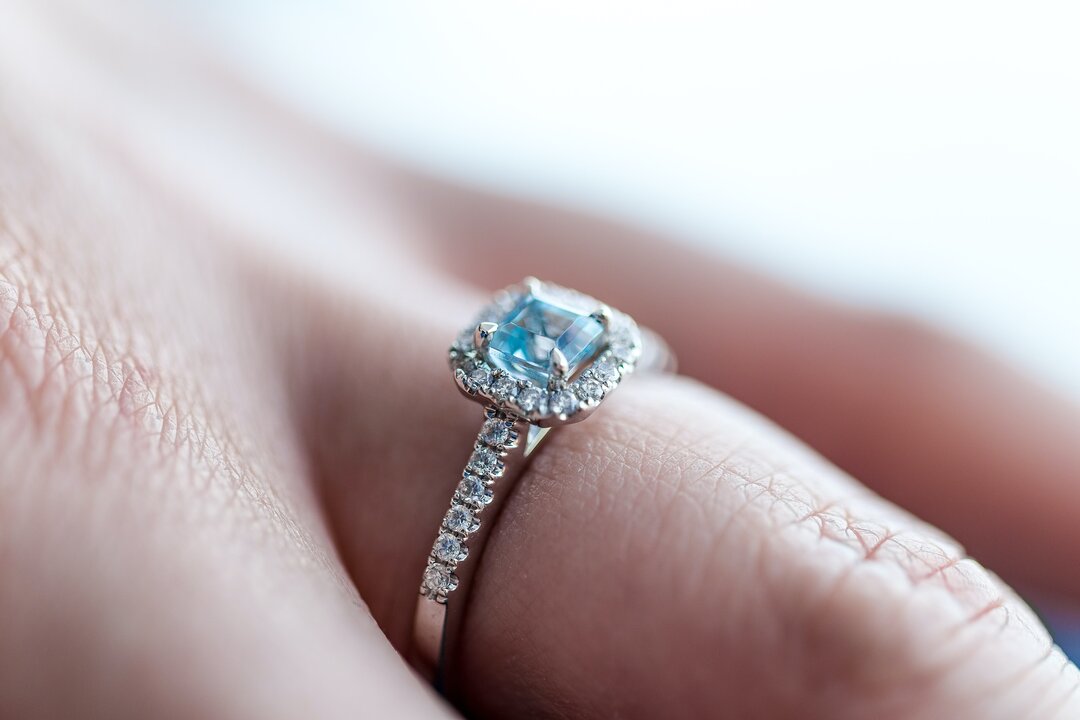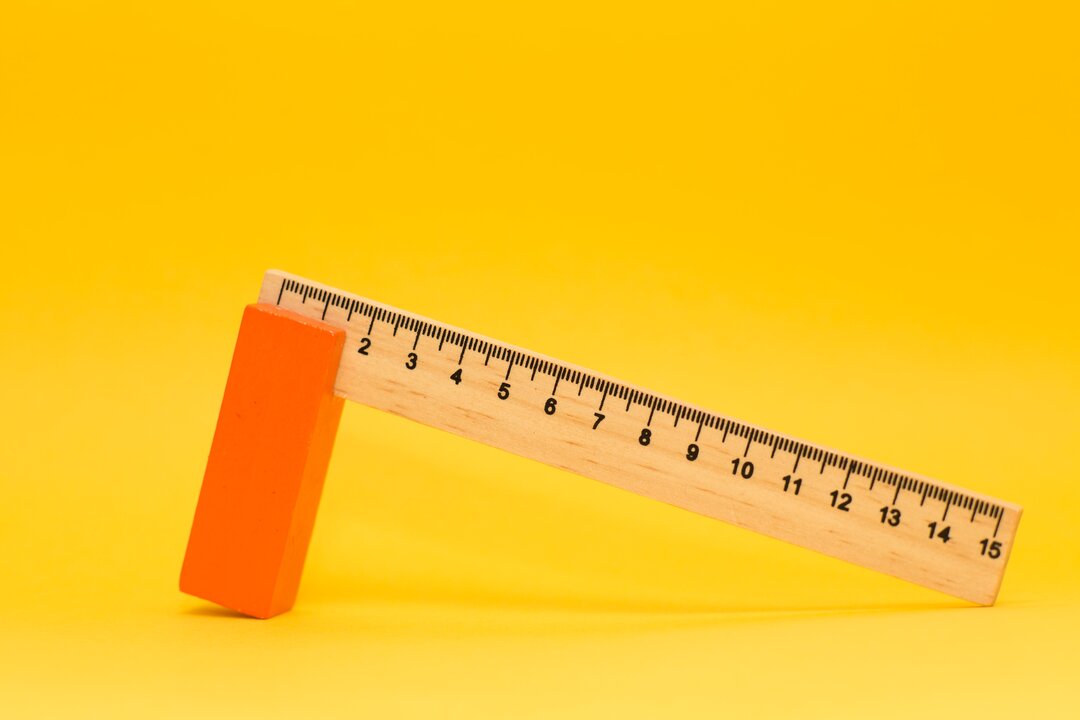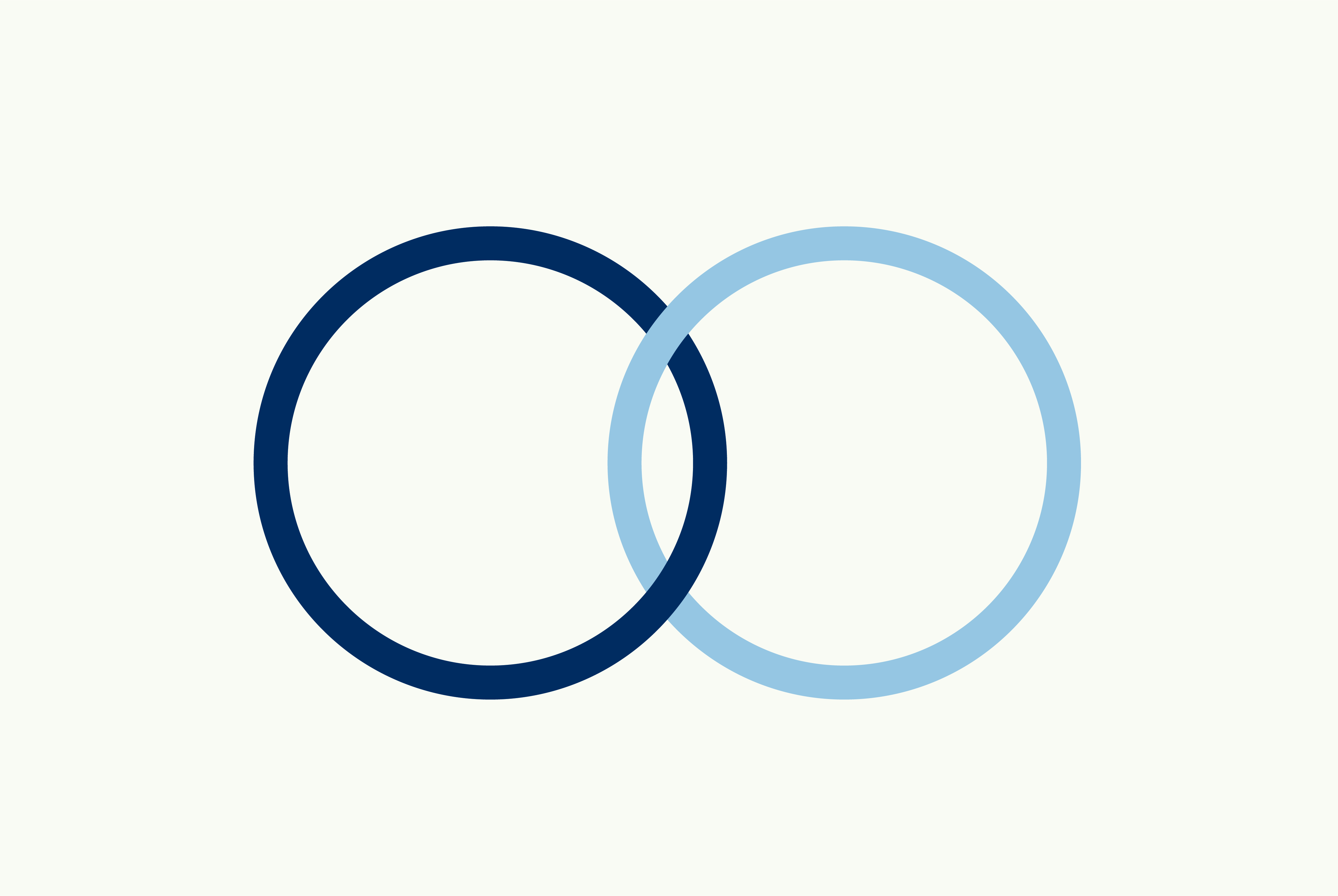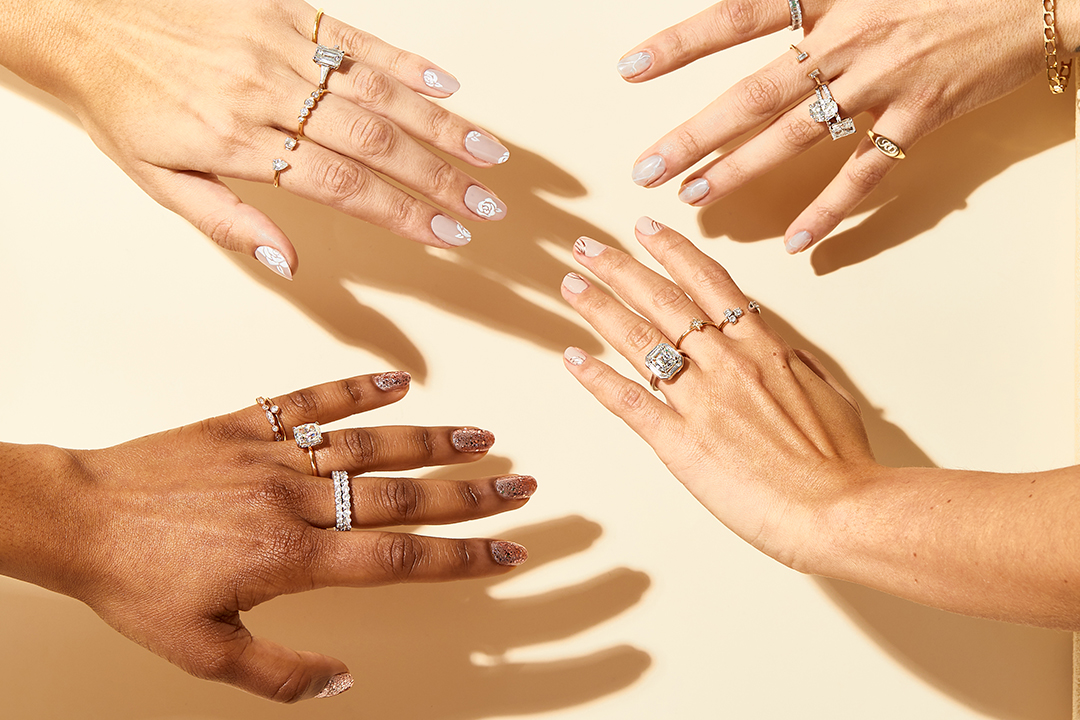- Expert advice/
- Getting engaged/
- Rings/
- What are Inclusions in Diamonds?
- Rings
What are Inclusions in Diamonds?
Inclusions are, in layman's terms, a flaw in a diamond. Learn everything you need to know about inclusions, so you can find the perfect diamond.
Last updated February 5, 2024

Diamonds are as synonymous with engagements as cakes are with weddings. Diamond rings are a foundational piece of wedding culture, and if you have any desire to pop the question, you better know your stones.
There’s a whole secret language surrounding diamonds that you need to understand if you want to be self-sufficient in your search for the right stone. Whether you’re interested in a diamond solitaire engagement ring or a diamond-encrusted wedding band, knowing what makes a diamond special is crucial for your search.
Every diamond is unique. Gemologists often refer to a diamond's interior characteristics as a fingerprint. There are many names for the internal characteristics of a diamond crystal. Some call these characteristics flaws, others call them blemishes, but the most technical term is "inclusions."
What Is an Inclusion?
In the very simplest of terms, a diamond inclusion is a flaw in the diamond.
Precious gems, and specifically diamonds, are mined, cut, and sold based on a strict clarity grading standard. Judged under a set of stringent guidelines, every diamond is given a grade wherein a diamond can range from “included” to “flawless.”
Stones with visible inclusions are often worth very little, as their defects affect the visible appeal of the stone. Meanwhile, flawless stones are those that have no visible interior defects, maximum clarity, and a cut that maximizes sparkle and brilliance. Most diamonds have a clarity grade that falls somewhere in the middle of these two extremes, and it’s often the size and the number of inclusions that dictate the diamond clarity grade.
How Are Diamonds Graded?
The diamond grading process is stringent and rigid to ensure that every diamond is judged on an even plain. The clarity grading process rules out subjectivity and turns the art of judgment into a clinical and mathematical event.
There are two major sources for grading diamonds, and each stone that receives a grade must be sent in for evaluation. Most major jewelers, and even boutique jewelers, only sell diamonds that have been graded by either the GIA (Gemological Institute of America) or the AGS (American Gem Society).
The process of using a standardized grading system from two elite sources not only protects the customer from buying an overpriced stone but also protects the jeweler. If a customer claims they were sold a fraudulent stone, a jeweler can point to the official certificate that accompanied the gemstone that matches the unique fingerprint of the diamond in question. With an officially-graded diamond, all sources point to an objective third party assessment as a definitive ruling for what a diamond is and is not.

The Clarity
As we now know, diamond clarity is one of the assessment factors for grading a diamond. Usually, clarity refers to the visible flaws in—and on—the surface of the stone that may or may not impact the overall beauty of the gem.
Unlike the other characteristics of a diamond, clarity is the most subjective. There’s no hard and fast rule for how big an inclusion needs to be or how many minor inclusions can exist within a certain range of clarity. Clarity is determined based on "inclusions," which are the internal characteristics, or flaws, within the stone itself.
There are six different categories of clarity, and they are as follows:
Included Diamonds (I): Included diamonds are those that have multiple visible flaws that can be seen with the naked eye. If the internal characteristics are large enough to be seen without the aid of a gem-scope, then a diamond is labeled as "included." Inclusions like these tend to impact the overall beauty of the stone and tend to make the stone cloudy, diminishing sparkle and brilliance. There are three different sub-grades of included diamonds, which are I1, I2, and I3, with I3 being the clearest. Most jewelers won't sell included diamonds outside of accent stones in other pieces of jewelry.
Slightly Included Diamonds (SI): Slightly Included Diamonds often offer the best value when purchasing diamonds. In a slightly included diamond, the inclusions are big enough to warrant a discount, but not necessarily large enough to be viewed by the naked eye. Some gemologists with a trained eye can see the small inclusions of an SI diamond, especially from the side. However, SI diamonds are typically priced to sell, and as their brilliance and sparkle are only slightly diminished, these diamonds are popular for those on a budget. The subgrades for SI diamonds are SI1 and SI2, with SI2 being the more clear of the two.
Very Slightly Included Diamonds (VSI): Very Slightly Included Diamonds are those stones that stand out as extra brilliant. The difference between VSI and SI is often noticeable in things like brilliance and sparkle. The smaller inclusions a diamond has, the more light can bounce around and refract inside the diamond itself; this is what gives the diamond its sparkle and shine. When light runs into an inclusion, it doesn't refract correctly, hence why smaller inclusions affect clarity. Much like SI diamonds, VS diamonds are sub-categorized into VS1 and VS2, with VS2 being the higher grade stone.
Very Very Slightly Included Diamonds (VVSI): VVS diamonds have inclusions that even trained gemologists have a hard time seeing. Even under 10x magnification, the inclusions of a VVS diamond are so small, it’s as if they aren't there at all. For those looking to game the system a bit, VVS2 diamonds are almost identical to internally flawless stones.
Internally Flawless Diamonds (IF): As the name would suggest, an internally flawless diamond is a stone that does not contain any inclusions within the stone itself. The biggest difference between Internally Flawless diamonds and flawless diamonds has everything to do with the surface of the stone. An internally flawless diamond may have scratches or blemishes on the surface, but even then, these sorts of defects are only visible under a microscope. An internally flawless diamond is as close to perfect as you would ever want a diamond to be.
Flawless Diamonds (FL): Flawless diamonds are for collectors. Because less than one percent of diamonds are flawless, you have a better chance of getting your hands on an original Rembrandt painting. The way diamonds are created—under immense pressure inside the earth—inclusions and flaws are a natural result of the process. Therefore a flawless diamond is, in essence, in defiance of nature itself. These diamonds are incredibly hard to come by and belong to a price category all their own. If you're looking for a flawless diamond, consider a laboratory-generated stone.

The Eye Test
The diamond industry would love to have you believe that all of these metrics are absolute hard-and-fast rules rather than general guidelines. But something like an inclusion, while it may be considered an "official flaw," may not affect the appearance of the diamond to the naked eye. When it comes to buying a diamond, especially a diamond for an engagement ring, buy the diamond that passes the eye test.
The eye test is simple. Essentially, if the diamond is brilliant enough to demand your attention multiple times in a short period (about seven seconds), then the diamond passes the unaided eye test. While the brilliance of a diamond is not necessarily subjective, the beauty of the stone is. A gem might be brilliant and sparkly with multiple visible inclusions.
A gemologist would tell you that despite the stone being brilliant, it’s flawed and worth much less because of the inclusions. However, if a diamond catches your eye and holds your attention, then who cares if it has some flecks or specks? It's a special stone.
Inclusions are a natural part of any diamond, and as we now know, finding a diamond without any internal characteristics or inclusions is a rare feat. When assessing the worth of a diamond, it’s important to trust your eyes. Most people have not trained gemologists, and inclusions often go unnoticed. While inclusions are an important part of the grading process, they aren’t nearly as critical a factor as they are made out to be. At the end of the day, a diamond with inclusion is still a diamond.
Up next for you

The Ultimate Diamond Carat Size Guide
How-To
New to the world of wedding ring shopping? Find out everything you need to know with our diamond carat size guide from Zola.

Understanding Internally Flawless Diamonds: The Guide
Advice
When grading diamonds, internally flawless diamonds are the creme de la creme. Read on to learn more about an internally flawless diamond’s characteristics.

A Guide to Wedding Rings
Inspiration
From how much you should expect to spend on a wedding ring to tips for how to choose the right one for you, check out this guide on wedding ring styles, types, and materials.

The Best Diamond Shape & Size For Your Finger
Inspiration
Different diamonds look different on different fingers. The diamond experts at The Clear Cut share which diamond shapes look best on which finger sizes.
- Expert advice/
- Getting engaged/
- Rings/
- What are Inclusions in Diamonds?
Find even more wedding ideas, inspo, tips, and tricks
We’ve got wedding planning advice on everything from save the dates to wedding cakes.
